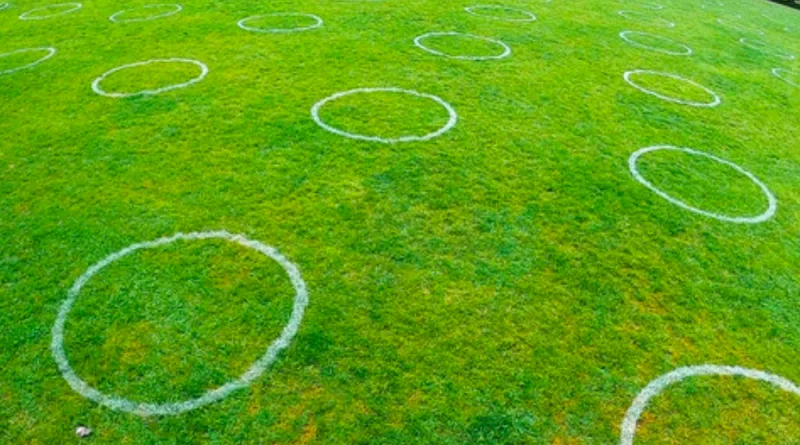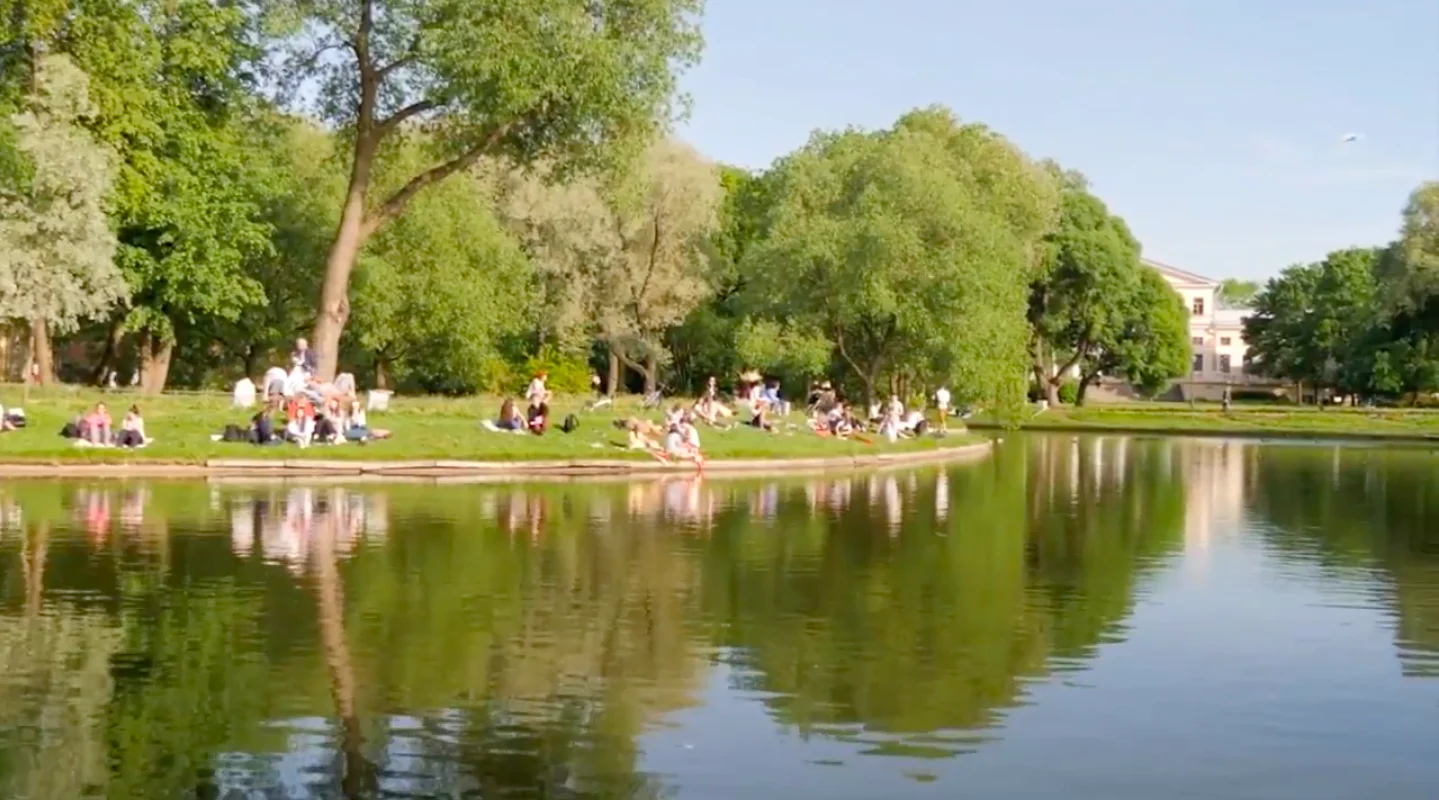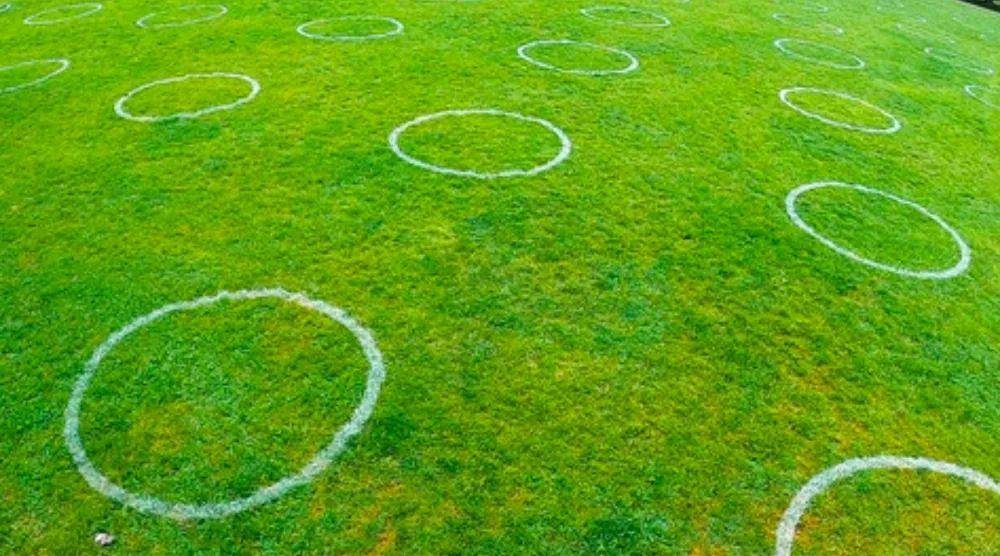
Urban planners rethinking green spaces after COVID-19
The way we do everything has flipped upside down thanks to the COVID-19 pandemic - even the way we get outside. Parks and green spaces are going to look a lot different as cities begin to open up.
Parks play a critical role in our communities. They serve as places for people to unwind, get some fresh air, exercise, and socialize. COVID-19 is changing how we may do these things in green spaces.
“One of the real challenges of the pandemic and the response has been that people have had to stay indoors and stay away from other people," says Matti Siemiatycki, the interim director of the School of Cities at the University of Toronto. "We're such a social species. We love to be around other people. We thrive when we're together and the real challenge of this pandemic has been to keep people apart."
A perfect example of that far-from-perfect behaviour was at Toronto's Trinity-Bellwoods Park last weekend, where dozens of people were seen enjoying the warm weather, with virtually no thought of social distancing.
“We still want people to be able to get outside. It’s good for their physical health. It's good for their mental health. But we need people to be spreading out and not creating spaces that are overly crowded and risk becoming unsafe and places where the virus spreads,” says Siemiatycki.
He says that although there may be a lack of parks in cities, he says it's not an excuse for people to only gather at certain ones. He says it’s the responsibility of officials to communicate other options to residents who may not be aware of places outside their bubble, using all the techniques of public relations campaigns to inform citizens of their choices.

Siemiatycki says residents may not even have to go too far afield to find a new place to spend time.
"Often, we get into our own routines, we go to the same places over and over again and there are often these little spaces that we don't typically go to that can be small moments of wonder that gives you a little bit of a change of scenery and let you see your neighbourhood in a different way,” he says.
Siemiatycki believes that the way we get outside will need to change, not by reconfiguring and rebuilding, but by adapting what we already have.
“I think that both the opportunity and the challenges that we're not exactly sure how long we're going to need this notion of physical distancing and so in many ways, at least in our park spaces, we want to maintain we need to put measures in place now that will enable people to use them but we don't want to totally physically redesign them in a way that once we can reopen they encourage people to be separated,” he said.
Playgrounds encourage socializing between children of all ages, racial backgrounds and families.
“They encourage kids to play with different kids that they don't necessarily know and to try new things and to take risks in a controlled way. That is both the purpose and the joy of the parks.”
Some cities around the world are getting creative with their approaches to reimagining green spaces. In Toronto and other cities, they are drawing ‘social distancing circles’ on the grass to ensure that people stay within a certain distance from others and that group sizes also remain controlled.

Siemiatycki says innovation will be necessary to change the way we think about using public spaces. One option, for example, is scheduling access to public spaces the same way playing field access is scheduled. Cities are also shutting down streets in order to allow restaurants to expand patio spaces and to allow for more room for residents to exercise.
“I think in many ways the most mundane approaches are also going to be the most successful. Good, clear communication with what parks are open, what spaces are safe.”










